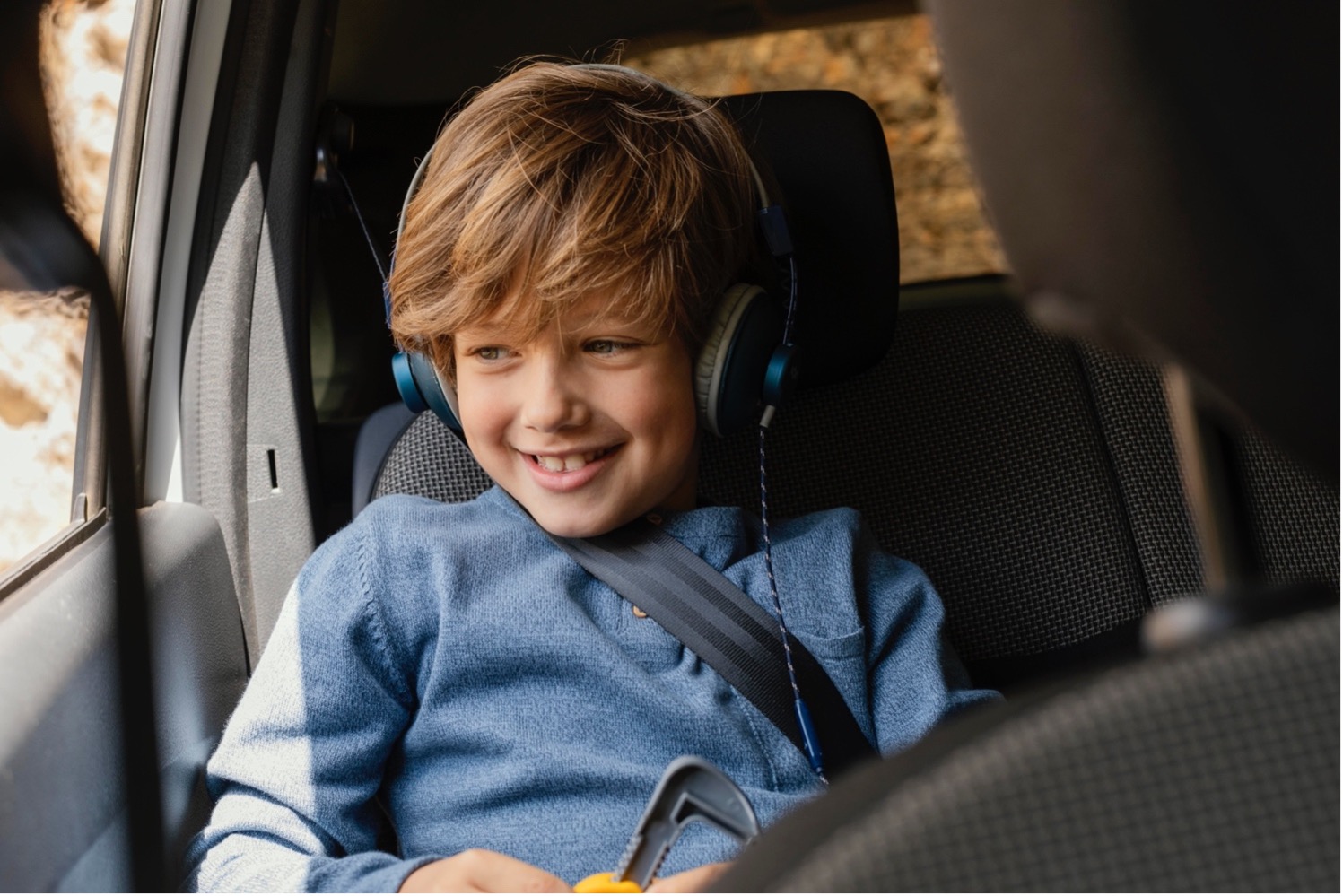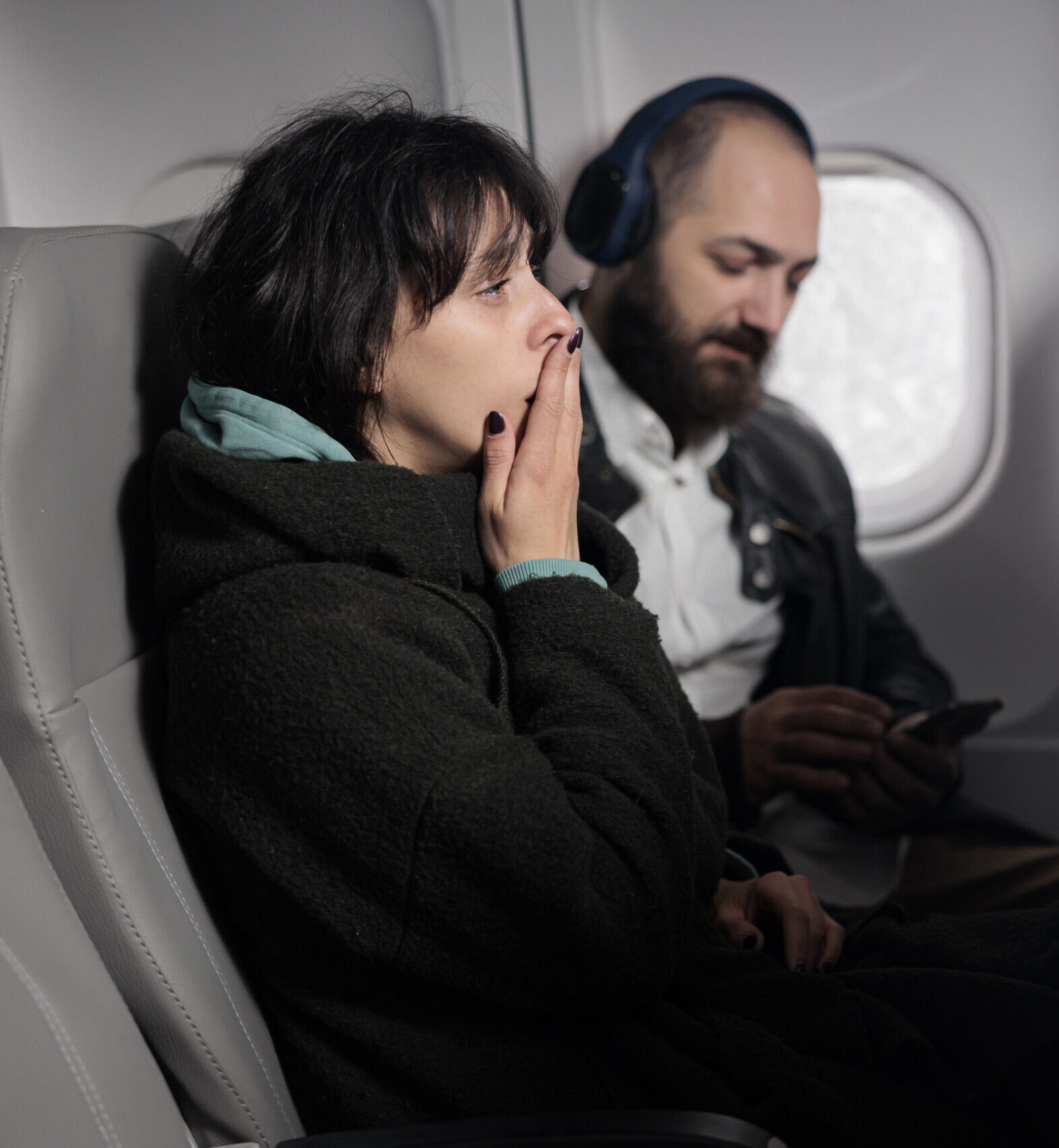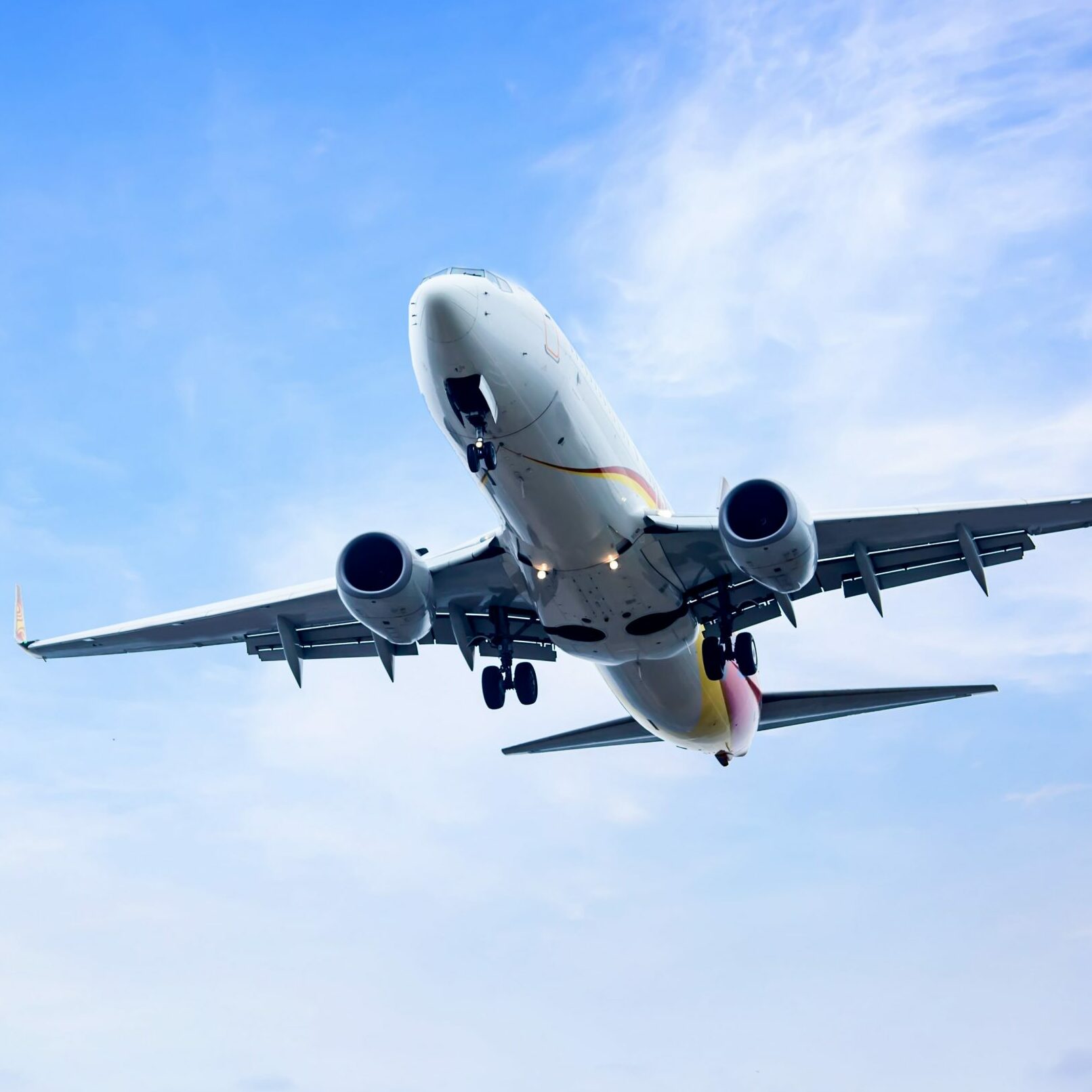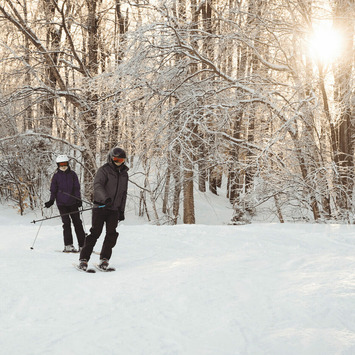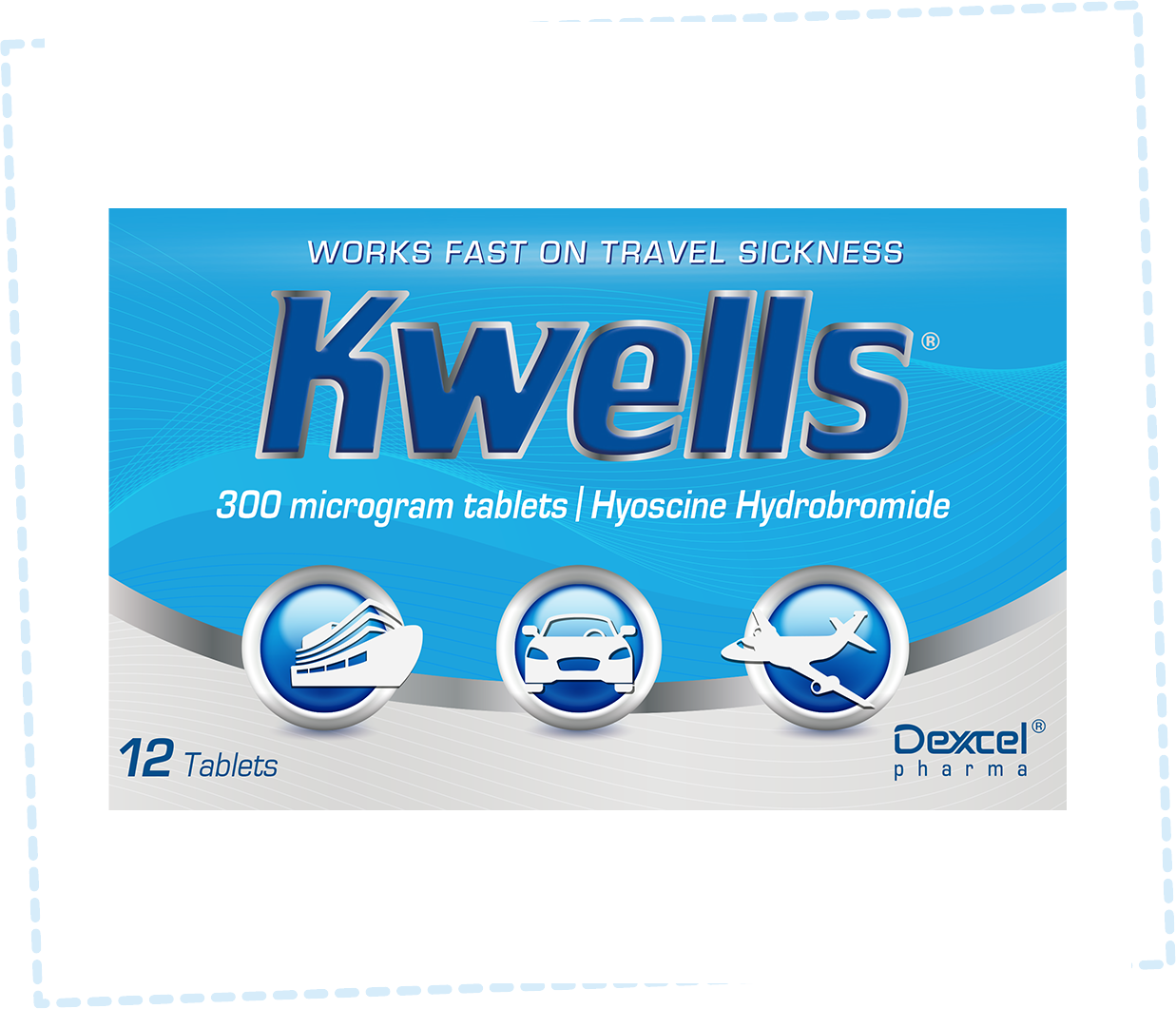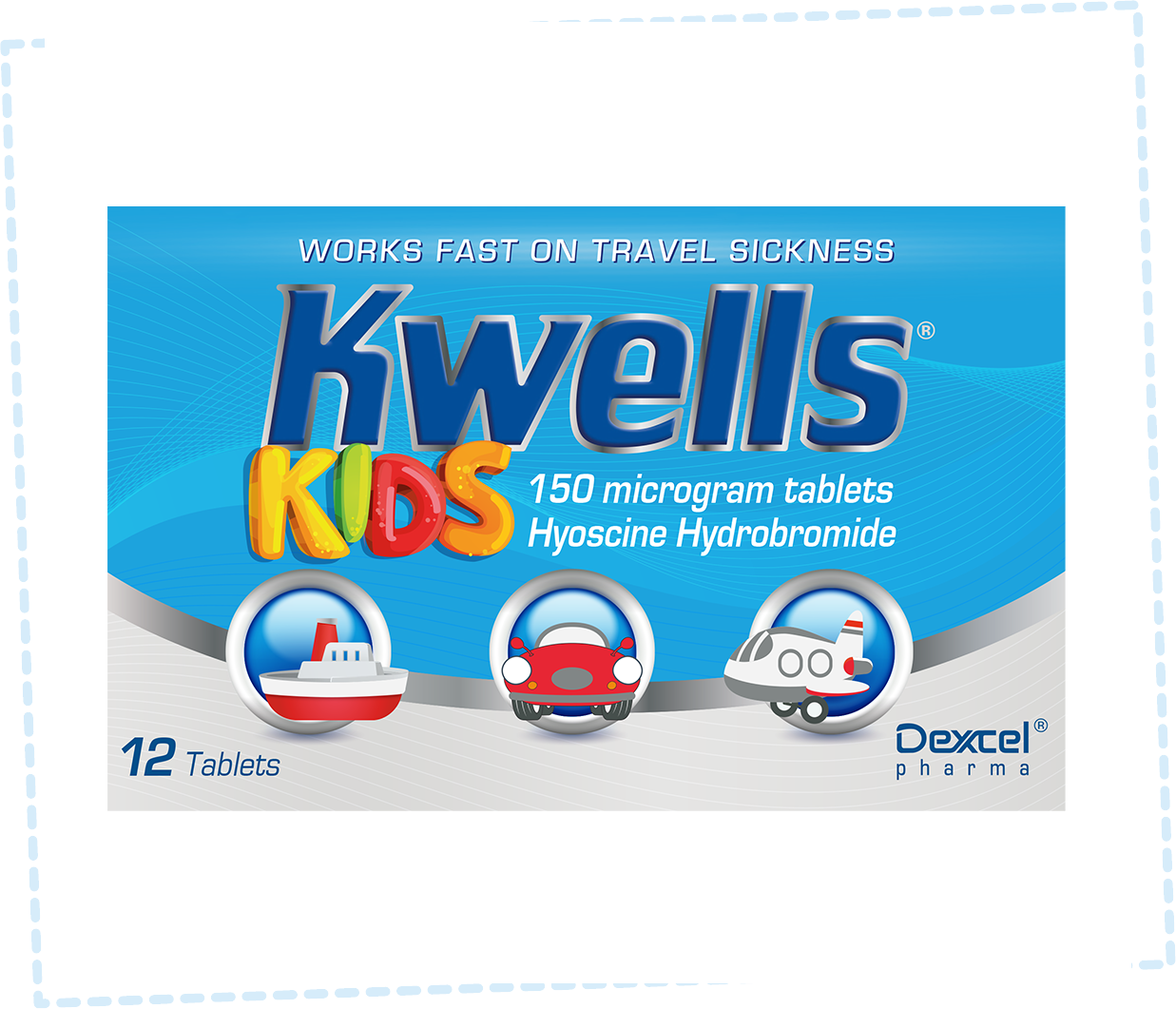Helping Children with Travel Sickness
Travel sickness is miserable for youngsters and it’s not much fun for you either – but rest assured, there are lots of things you can try to prevent it from happening.
Read on for our insights, tips and advice because we’re on a mission to put the fun and enjoyment back into your journeys and help you to ‘travel happy’ once again!
The five words every parent or carer dreads mid road trip, flight or boat journey?
It has to be that little distress call: “I’m going to be sick!”.
You may have enough warning to be able to alleviate child travel sickness by pulling over for some fresh air and refreshment if you’re in the car.
If you’re mid air or sea, you’ve got a slight problem.
When it occurs without much warning the best you can do is to be prepared.
Bags, wipes, hand sanitiser and lots of sympathy for a distressed child – and much Kwells sympathy to whoever has to clean up the consequences and tolerate the aftermath for some time to come!
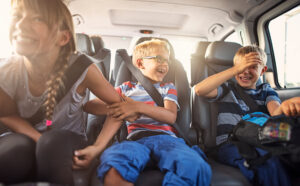
If you have youngsters prone travel sickness you don’t need us to tell you it’s most common in children – those aged two to 12 in fact.1
That’s the bad news. The good news is babies and little ones up to the age of two rarely seem to suffer from it and travel sickness for kids can significantly reduce with age – although, unfortunately for some of us, it can continue into adulthood.1
It’s also more common in women – particularly during pregnancy – than men.1
Travel sickness – also known as motion sickness – can happen on any form of travel but children most commonly experience it as car sickness2.
It’s thought to be caused by a conflict of messages received by the brain from the eyes and ears3 but it’s still only partly understood and we don’t know why some children get it and others don’t2.
The big travel sickness conversation!
What we do know is when we’re sat in a car, generally our body is telling our brain we’re moving forward.2
But for children that’s not always the case.
If your child is sitting too low down to see out through a window to the horizon or if they’re looking down and reading, messages to the brain can get confused.2
Think of it as conversation between the ear, eyes and brain and it goes something like this…
The part that controls balance and motion in the ear is saying, ‘we’re moving’.2 The eyes are saying, ‘we’re reading a book and sitting still!’.2
This sensory mismatch is a bit too much for the brain to deal with and can lead to nervous system responses which can cause nausea and other symptoms.1
At this point the brain is probably saying, ‘too much misinformation, here’s what happens!’.
Other symptoms can include4:
- Going sweaty
- Feeling cold
- Headaches
- Feeling weak
- An increase in saliva
Once nausea kicks in there’s very little that can be done, so early prevention is definitely better than cure with travel sickness.3
There are things you can try ahead of the journey to help children with travel sickness
- Give your youngster a light, carb-based snack before travelling such as cereal or crackers. Avoid anything ‘too heavy’.2
- Plan several stops into your journey time for fresh air, a little walk and refreshment such as water.
- Being elevated so your child can see through the window to the horizon may help so safety seats and booster seats can come in handy.2

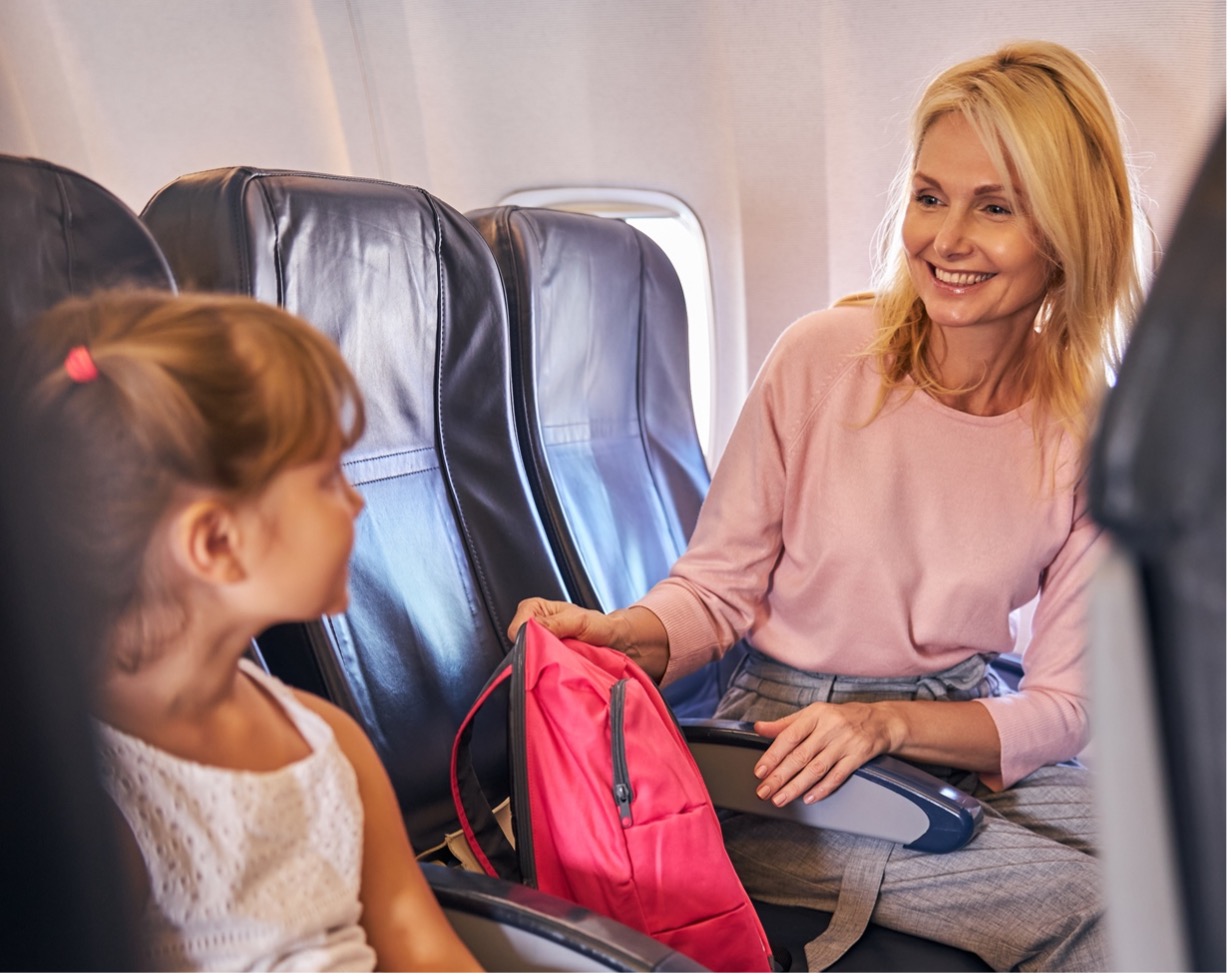
Once you’re travelling on your way…
- Don’t take any strong-smelling food in the car and avoiding smoking, petrol or diesel fumes if possible.2
- Where you sit can make a difference, if your child is old enough, they may feel better sat in the front of the car. For planes over the wing can help as can being on deck in the middle of a boat.4
- Keep youngsters distracted and entertained with music, singing, I Spy and podcasts to stop them from looking down. Books, phones, tablets and gaming consoles are not recommended for those prone to travel sickness.2
- If nausea starts to creep in, ginger in the form of a biscuit or tea is a good tip to try.5
If self-help tips aren’t working, don’t worry, you can speak to your local pharmacist for advice.5
They’ll want to know3:
- How old your child is
- Any previous history
- How you’re travelling such as car, plane, boat
- How long you’ll be travelling for
- Any medication history
They can provide information and advice on suitable over-the-counter remedies which may be able to help5 such as Kwells Kids Travel Sickness 150 microgram tablets*.
Because Kwells tablets melt in the mouth, absorption into the bloodstream is very rapid and they can be taken up to 20–30 minutes before travelling or at the onset of sickness.
The active substance in Kwells tablets is hyoscine hydrobromide which temporarily reduces the effect of movement on the balance organs of the inner ear and the nerves responsible for nausea.
*Kwells 300 microgram tablets. For the prevention of travel sickness, suitable for adults and children aged 10+. Contains Hyoscine Hydrobromide 300 microgram. Kwells Kids 150 microgram tablets. For the prevention of travel sickness, suitable for children aged 4+. Contains Hyoscine Hydrobromide 150 microgram. Always read the label.
If you have any doubts about using Kwells tablets correctly, seek the advice of your pharmacist or doctor.
References:
1 Fasttrack: Managing Symptoms in the Pharmacy – Alan Nathan
2 https://www.urmc.rochester.edu/encyclopedia/content.aspx?contenttypeid=1&contentid=973
3 Symptoms in the Pharmacy: A Guide to the Management of Common Illness – Alison Blenkinsopp, Paul Paxton & John Blenkinsopp
4 https://patient.info/travel-and-vaccinations/health-advice-for-travel-abroad/motion-travel-sickness
5 https://www.nhs.uk/conditions/motion-sickness/
Travel Happy Tips
Kwells 300 microgram tablets. For the prevention of travel sickness, suitable for adults and children aged 10+. Contains Hyoscine Hydrobromide 300 microgram. Kwells Kids 150 microgram tablets. For the prevention of travel sickness, suitable for children aged 4+. Contains Hyoscine Hydrobromide 150 microgram. Always read the label

